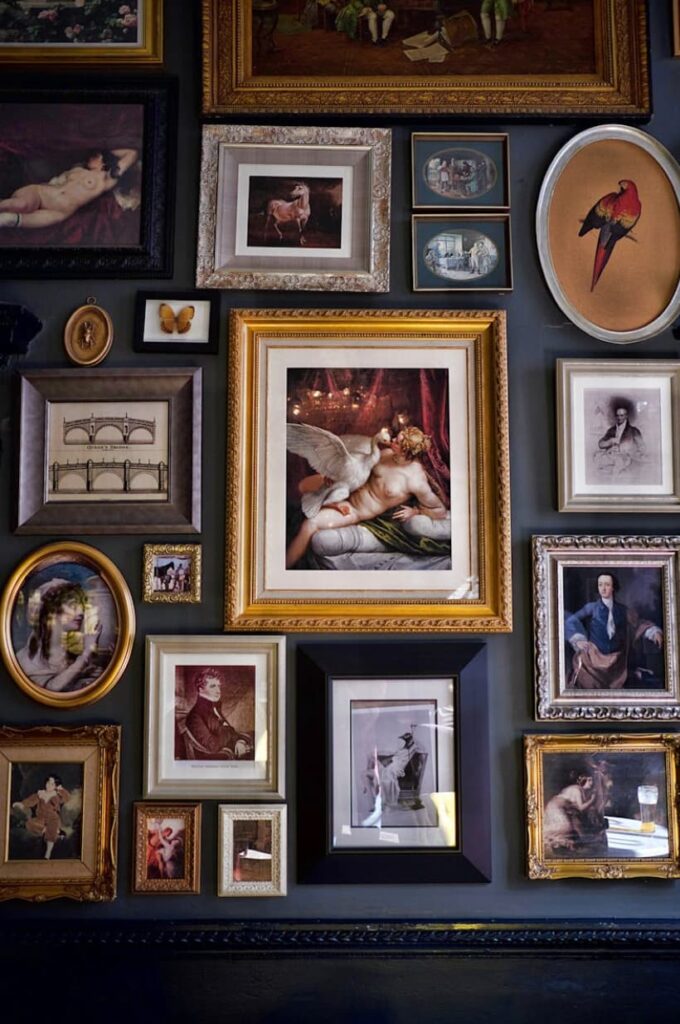
Revolutionizing Art Education for the 21st Century
Art education is undergoing a dynamic transformation. As the 21st century unfolds, the need for innovation, interdisciplinary dialogue, and creative learning spaces has become paramount for nurturing the next generation of artists, designers, and makers.
In this new era, education in the arts is no longer confined to traditional classrooms or static curriculums. Students today require a forward-thinking model that merges creativity with critical thinking, cultural awareness, and technological fluency. This revolution in art education is reshaping how students learn, create, and grow into impactful creators.
Breaking Away from Tradition
Traditional art education often focuses on skill acquisition without exploring how creativity integrates with broader societal, cultural, and technological contexts. Modern approaches aim to provide students with the tools to think independently and collaborate across disciplines.
Courses designed by practising artists immerse students in real-world experiences, inspiring them to approach challenges with ingenuity. These educators bring their professional expertise to the table, ensuring that students not only master techniques but also learn to think critically about their role as creators in a rapidly changing world.
The Conservatory-Like Approach
Borrowing from the conservatory model, the new paradigm emphasizes mentorship, hands-on learning, and individualized guidance. This approach nurtures talent through direct interaction with experienced artists, fostering a deep understanding of artistic practices and their applications.
Students learn not only to refine their craft but also to express themselves authentically. This focus on personal growth and artistic identity creates confident, well-rounded creators ready to make meaningful contributions to their fields.
Interdisciplinary and Intercultural Dialogue
One of the most exciting aspects of this shift is the integration of interdisciplinary and intercultural perspectives. Art is inherently connected to other fields, from science and technology to history and sociology. By fostering collaborations between disciplines, art education becomes a platform for exploring complex global challenges through creative solutions.
Intercultural dialogue is equally vital. Engaging with diverse perspectives enriches students’ creative processes and broadens their understanding of art as a universal language. This inclusivity helps them craft work that resonates with audiences worldwide.
Innovative Learning Spaces

A hallmark of 21st-century art education is the use of dynamic, innovative learning environments. These spaces are designed to inspire creativity and facilitate experimentation. Whether through state-of-the-art studios, digital labs, or collaborative workshops, students have access to the tools and technologies they need to bring their visions to life.
Beyond physical spaces, digital platforms are revolutionizing how students connect and collaborate. Online tools and virtual communities provide opportunities for mentorship, critique, and exposure to global art practices, ensuring students are well-equipped to thrive in a digitally connected world.
Empowering the Next Generation
The ultimate goal of revolutionized art education is to empower students to become agents of change. By combining technical expertise with critical thinking, cultural awareness, and innovative problem-solving skills, this new model equips young artists to shape the future.
As students explore their potential in these enriched environments, they are encouraged to take risks, challenge norms, and create work that reflects their unique perspectives. This not only fosters personal growth but also contributes to a more vibrant and inclusive artistic community.
Breaking Down Barriers
In this new model of art education, there is a deliberate effort to break down the barriers that have traditionally existed between different fields of study. Art is no longer viewed as a standalone discipline, isolated from the practicalities and knowledge of other fields. Students are encouraged to integrate knowledge from science, technology, and even business into their creative work, allowing them to push the boundaries of what art can be. For example, students in design programs might work closely with engineers to develop sustainable design solutions, or artists may collaborate with technologists to create interactive installations. This interdisciplinary approach not only broadens students’ skill sets but also enables them to respond to real-world issues with innovative solutions.
Redefining Success in Art Education
Traditionally, success in art education has been measured by mastery of technique and the ability to produce technically proficient work. While technical skill remains important, the 21st-century approach places greater emphasis on creative risk-taking, innovation, and the ability to navigate a constantly evolving world. Success is now defined not just by the final product but by the process of creative exploration and experimentation. Art students are encouraged to embrace failure as part of the learning process, using it as an opportunity for growth rather than a setback. This shift in mindset fosters resilience and helps students develop a deeper understanding of their craft, ultimately leading to a more authentic and original body of work.
Conclusion
Art education in the 21st century is a dynamic, evolving field that embraces innovation, inclusivity, and collaboration. By breaking away from traditional models and adopting visionary approaches, educators are preparing students to thrive as creators and thinkers in an interconnected world.